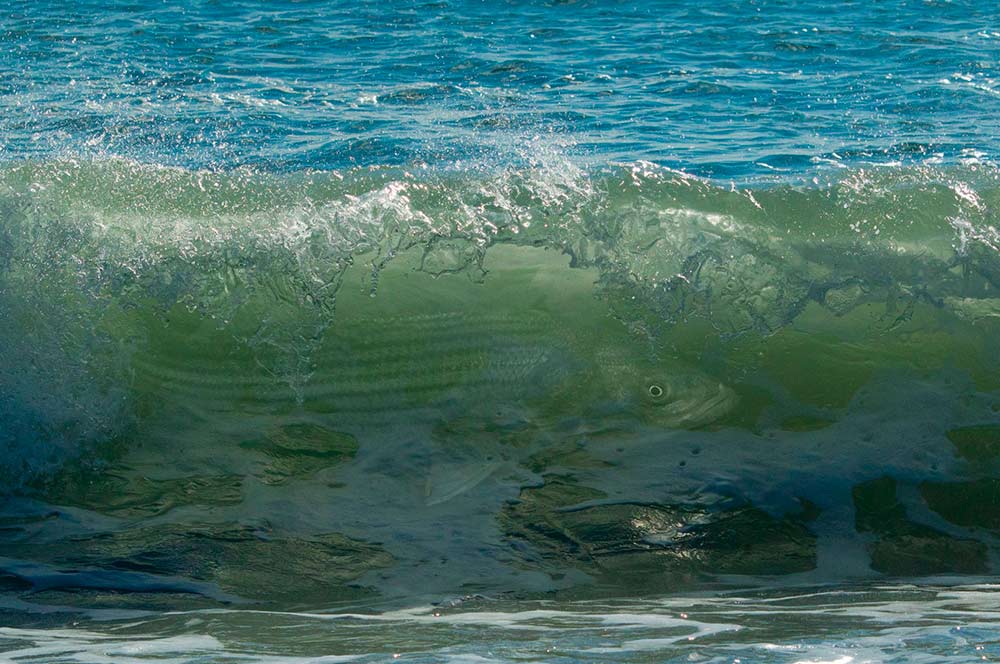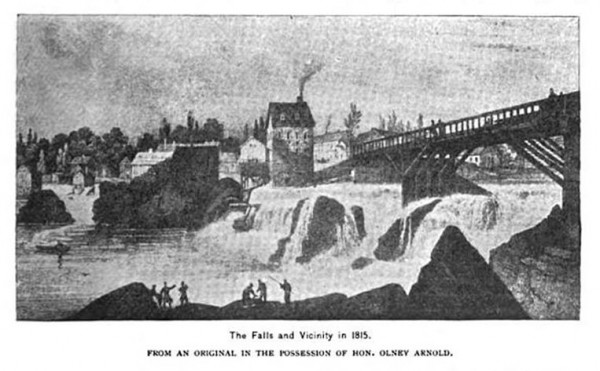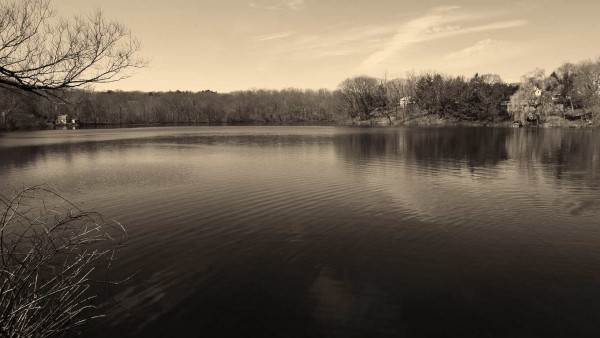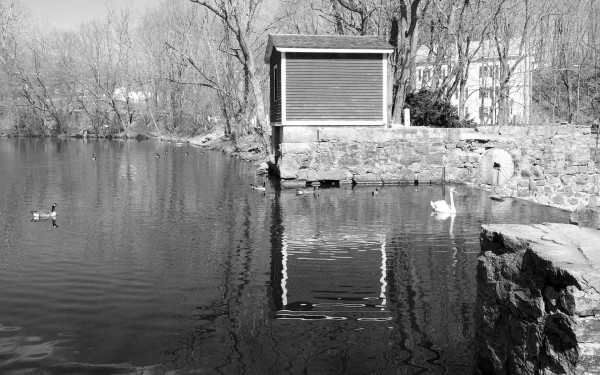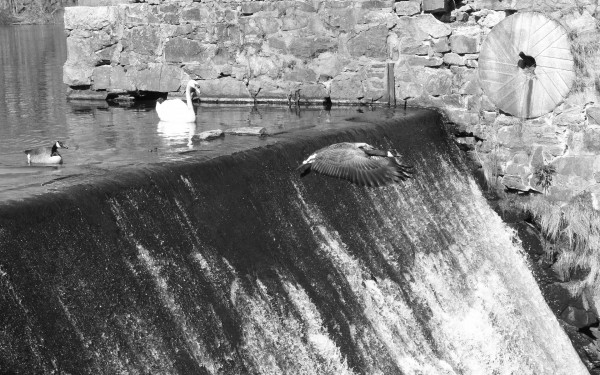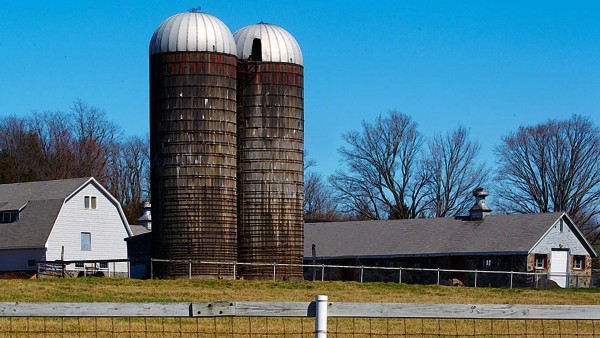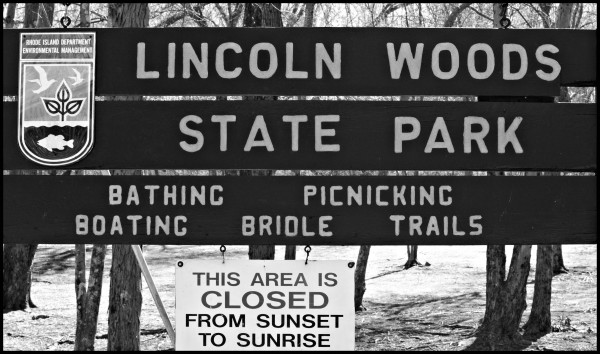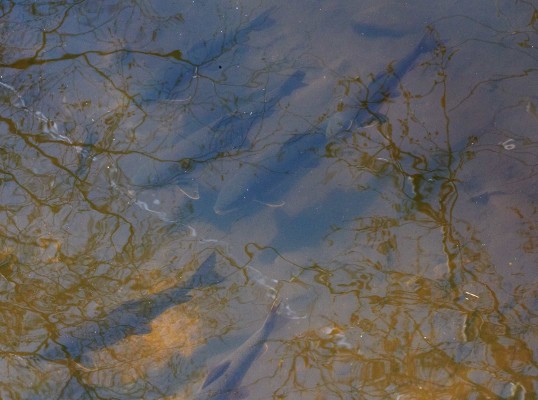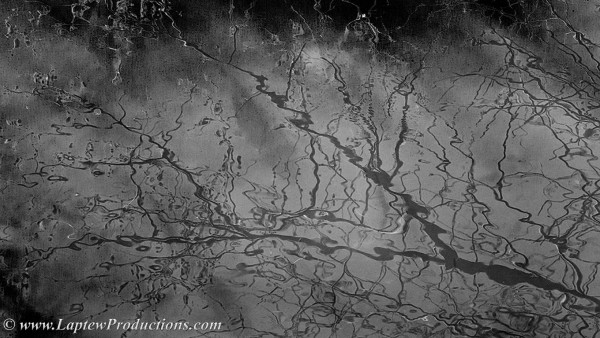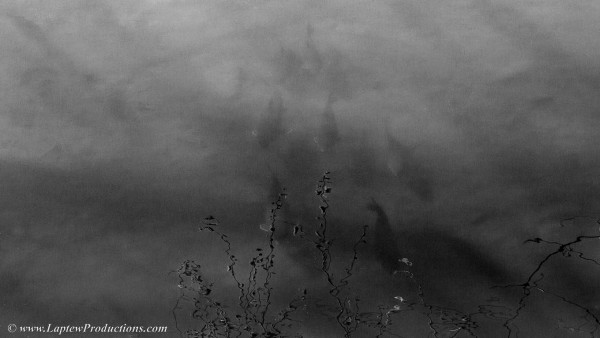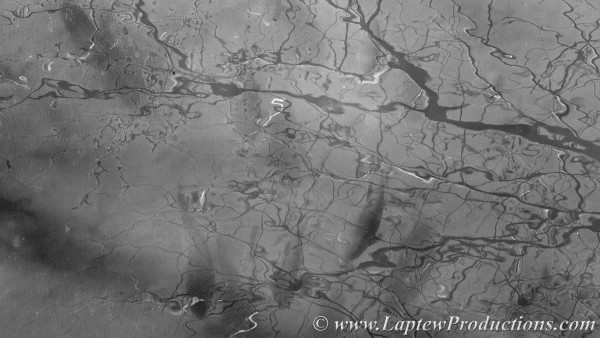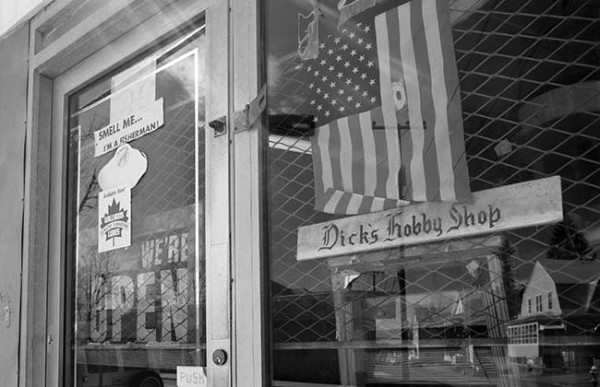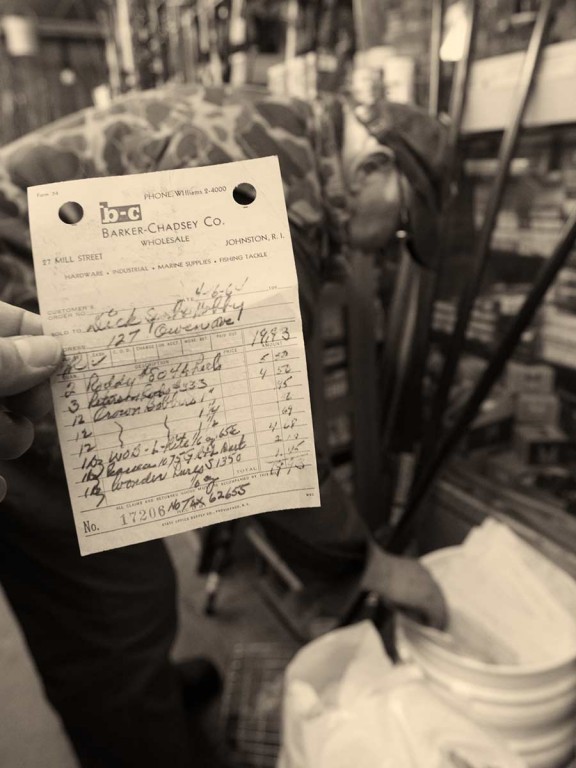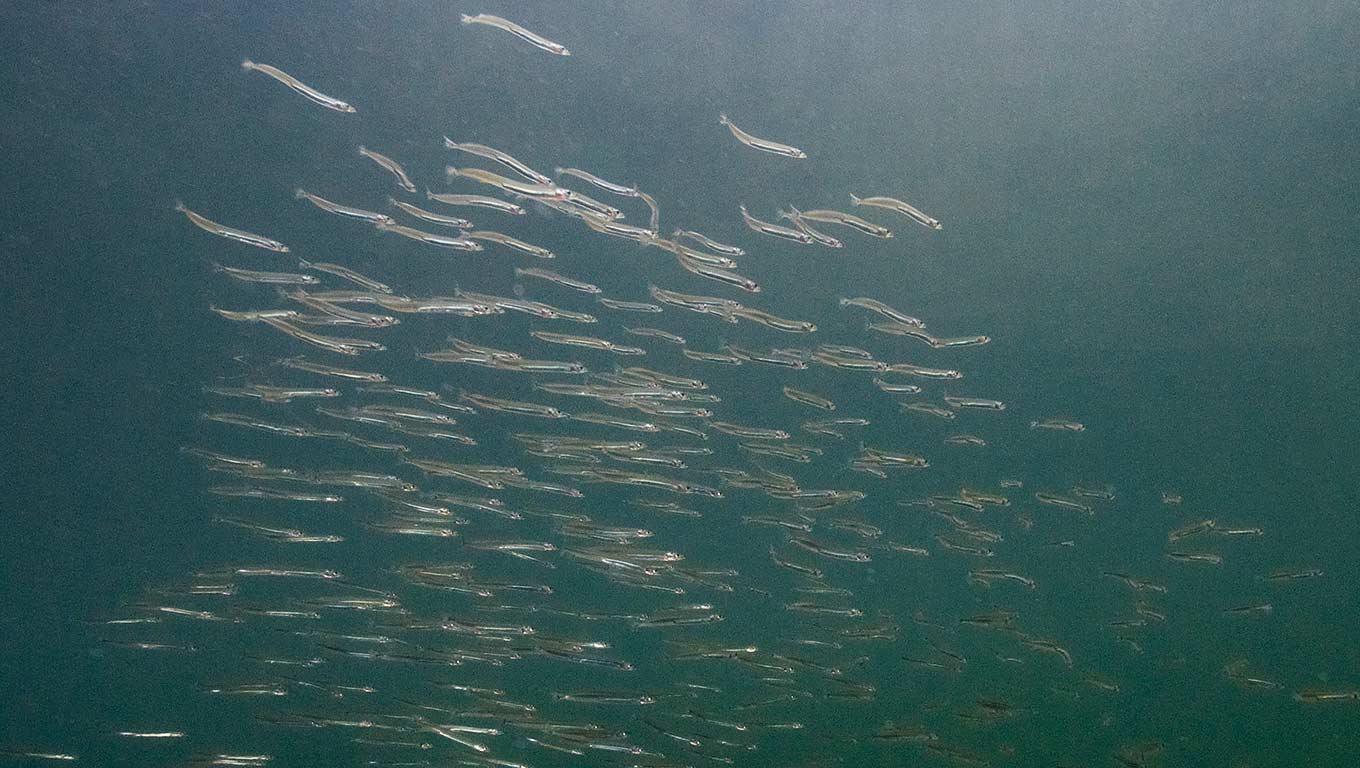Tag : bait
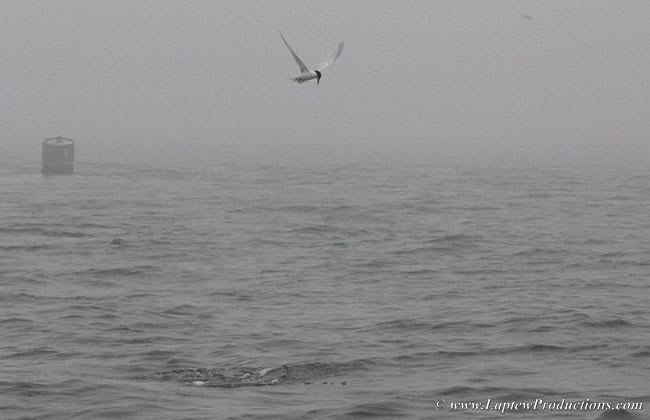
What’s better than a microburst of birds, bait and bass materializing right before your eyes? Your boat is drifting with the current through a fog covered rip line and you hear the high pitch squawking of terns just a few yards away. Could they be working over a school of fish? There they are! Is [...]
Free Seminar
Wednesday, July 25 at 6:30 p.m.
North Kingstown Free Library, 100 Boone St.
Underwater photographer and videographer Mike Laptew will present a high definition, multi-media presentation highlighting the saltwater game fish of Rhode Island, as well as techniques for catching them. Laptew has been diving the Ocean State for over 50 years and his unique, fish-eye perspective seminars have delighted audiences for over two decades. The show will feature breathtaking close-ups of striped bass, bluefish, tautog, fluke, false albacore, and many different species of bait fish. This is a presentation the whole family will enjoy.
Free, but space is limited. Please reserve your seat by contacting Tracy Kennedy at
(401) 874-6800 or e-mailing tkennedy@gso.uri.edu.
This lecture is part of the annual Community Lecture Series sponsored by Rhode Island Sea Grant, the URI Nutrition and Food Sciences Program, the URI College of the Environment and Life Sciences, and the R.I. Coastal Resources Management Council. This lecture is also sponsored by the North Kingstown Free Library.
______________________________________________
Herring Return on Full Moon The Full Moon in April Motivates Herring to Move The 2012 herring run started early this year; perhaps due to the unseasonably warm temperatures in March. However, very few herring ran up the river during the last week–I was getting a little nervous. Did the industrial fleet of pair trawlers [...]
For a 12 year old kid, the annual sucker run was a springtime ritual
April 1962
It was a different world back then. Although I was born in Pawtucket, the city credited with starting the American Industrial Revolution, I never thought of myself as a city-kid, I thought you had to live in Brooklyn or the Bronx to live in a real asphalt jungle. After all, I only had to walk three or four miles and I had ponds, rivers, creeks and lakes to explore.
Each spring (usually during school break in April) I would mount an expedition to the northern reaches of the Moshassuck River to see if the suckers had returned to spawn. The Narragansett Indians named the river “Moshassuck” meaning “river where moose watered.” I can assure you I never saw any moose on my treks north, but on more than one occasion I saw some moose-sized rats.
The Moshassuck river once held salmon, but that was before the dams were built to power the early textile factories and base-metal works in the seventeenth and eighteenth centuries. It was so polluted back then it was blamed for Rhode Island’s cholera outbreaks of 1849 and 1854. The river was much cleaner in 1962, in fact on most days the river ran blue…indigo blue, or navy blue, even lipstick red, depending on what dyes the finishing plant was dumping into the river.
The four mile journey to the fishing grounds would take me over the railroad tracks, by the slaughterhouse and the incinerator, past the dump, alongside Lorraine Mills and finally to the poison ivy & sumac covered shores of Barny Pond in Saylesville…can you hear John Denver singing “Thank God I’m a Country Boy” in the background? Barny’s always deserved at least a few casts; what it lacked in big largemouth bass at the time, it made up for with huge crappie and sunfish. From Barny it was up the road to Lincoln Woods and then to Butterfly Pond — all that effort just for the chance to see, never mind catch one of those elusive white suckers.
March 2012
Back to Barny Pond
After leaving Dick’s Sports and Hobby Shop, Captain Jim White and I retraced the route we would take as kids, fifty years ago. Despite the fact that the two of us use to fish the same small ponds, streams and rivers, we never ran into one another on any of our angling sorties. This trip would hopefully result in our finding at least one or two suckers preparing to spawn.
We stopped by Barny Pond for a few casts with the fly rod. When my back cast wrapped the leader around a power lines across the street, I soon remembered why I had become so proficient at roll casting at an early age.
Off to Butterfly
Ten minutes later we were on our way to Butterfly Pond, on the way there Jim pointed out the hills where he use to hunt rabbits and quail. Jim went on to explain, “In those days you wouldn’t get a second look as you rode your bike down the road with a shotgun strapped to the side.” I commented, “Your right! In fact if some old Yankee saw you ride by, he would probably think, “Now there goes a good boy.” Nowadays you would have a SWAT team waiting for you in the corn field.
When we arrived at Butterfly Pond we immediately saw trout rolling on the surface as the 75 degree temperatures set off a hatch. We surveyed the water, but didn’t see a single sucker. Perhaps it was too early? Perhaps there were no more suckers? Was the run a thing of the past, like hunting in the nearby hills?
Last Chance at Lincoln Woods
We headed back down stream to Lincoln Woods where a covered bridge greeted us at the entrance to the park. Five decades ago suckers stacked up near the bridge, but would they be here today?
We pulled the van over to the side of the road and eagerly looked into the tannin stained water for signs of life. At first all we saw were a few small sunfish and a couple of small bass, then over a patch of gravel we saw the unmistakable torpedo shape of a white sucker feeding on the bottom. I can’t describe the joy that seeing that one fish brought to me. It wasn’t the first cliff swallow to return to San Juan Capistrano. It was nowhere near as amazing as the multi-generational migration of the Monarch butterflies that covers up to 2,800 miles, but to me it represented all the wonderful things it represented 50 years ago. It’s about renewal. It’s about being in tune with the cycles of nature. It’s about wilderness and where you can find it. It’s about survival. And finally, it’s about tradition and the fun of sharing the experience with someone.
Despite the many changes in the world today, it’s nice to see some things continue on…especially spawning rituals that were established when the glaciers first melted. Let’s hope there IS one born every minute — in the waterways that benefit from their presence.
Slide show from 3/16/2012:


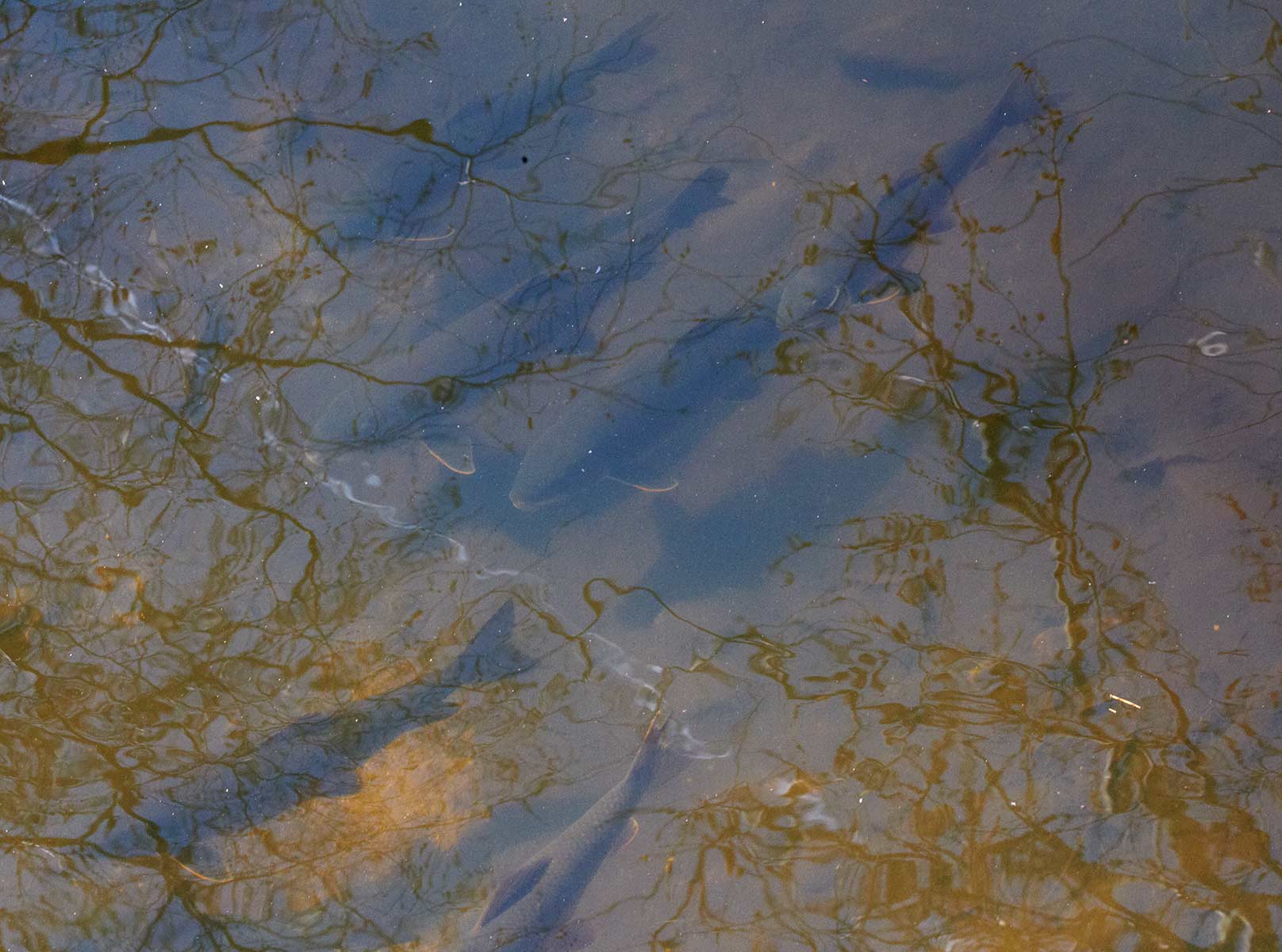
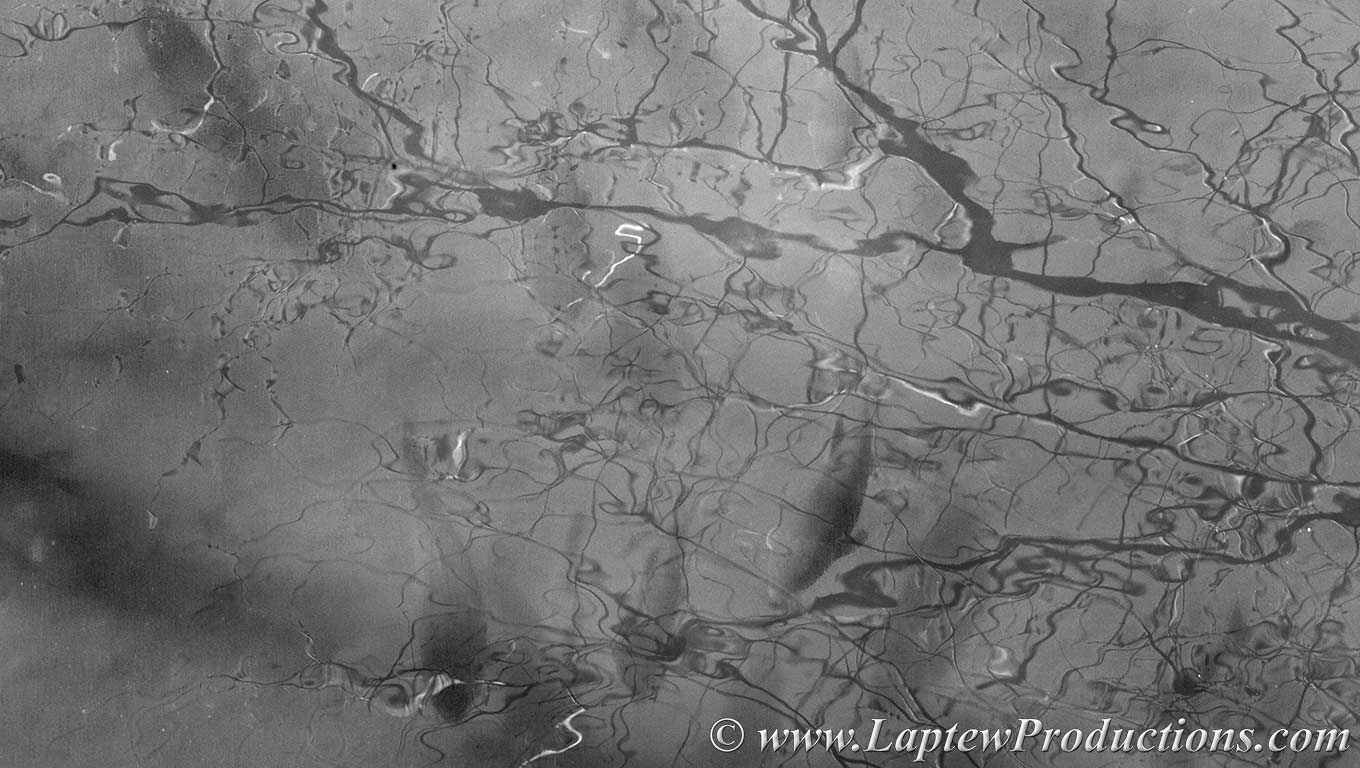
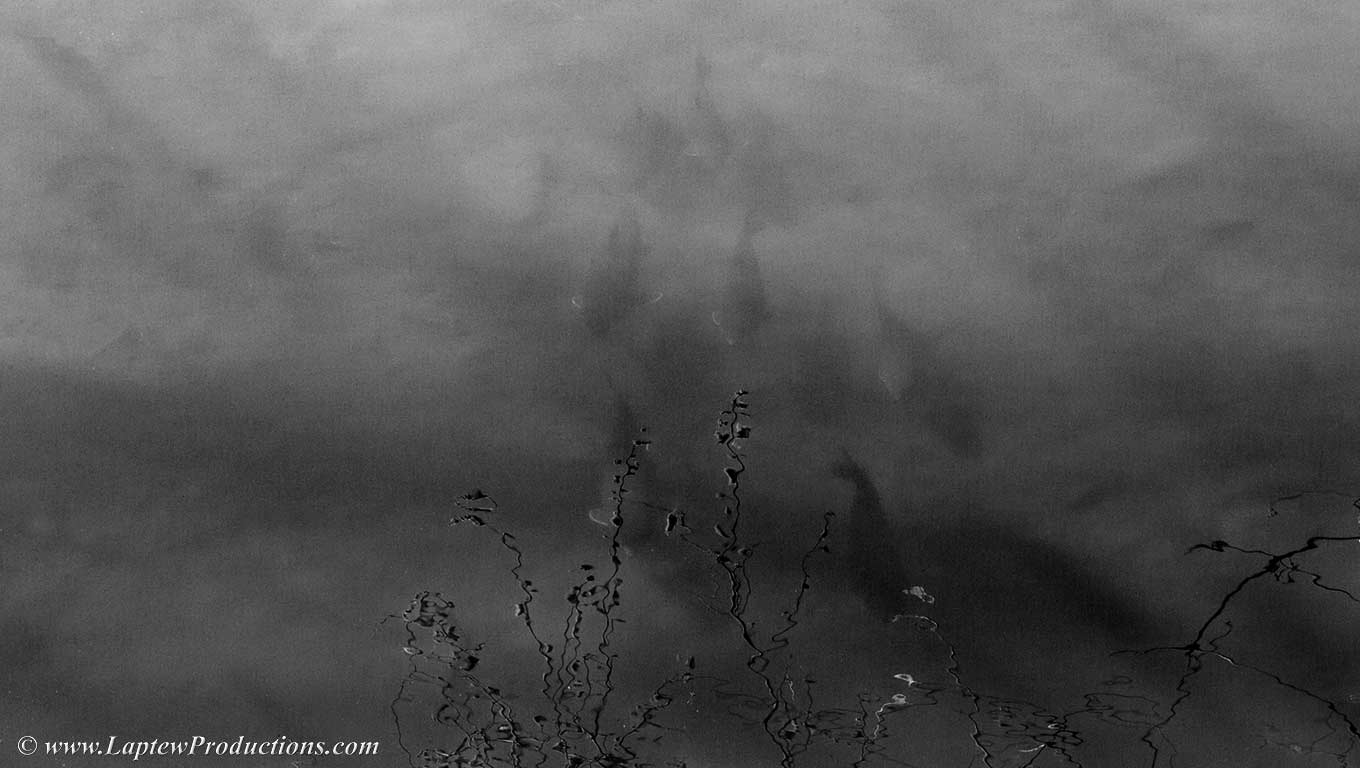
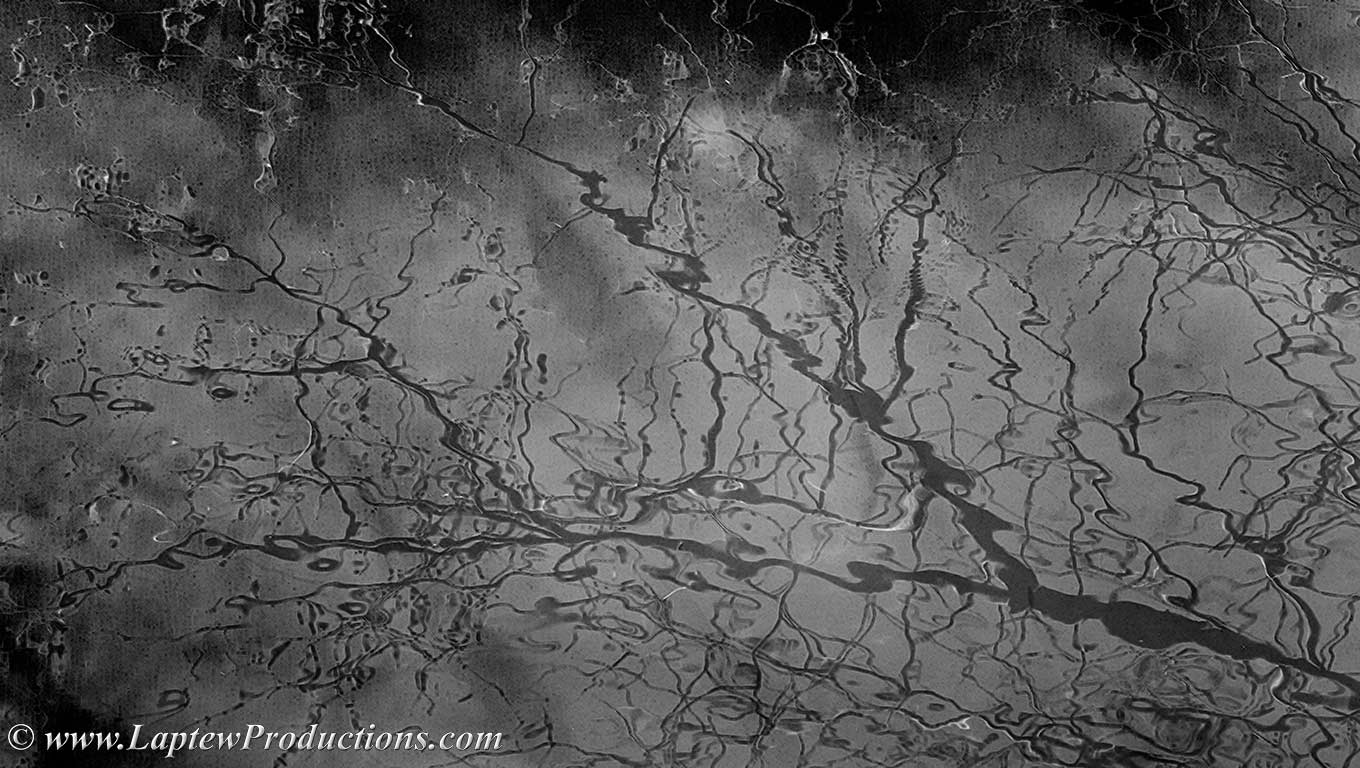

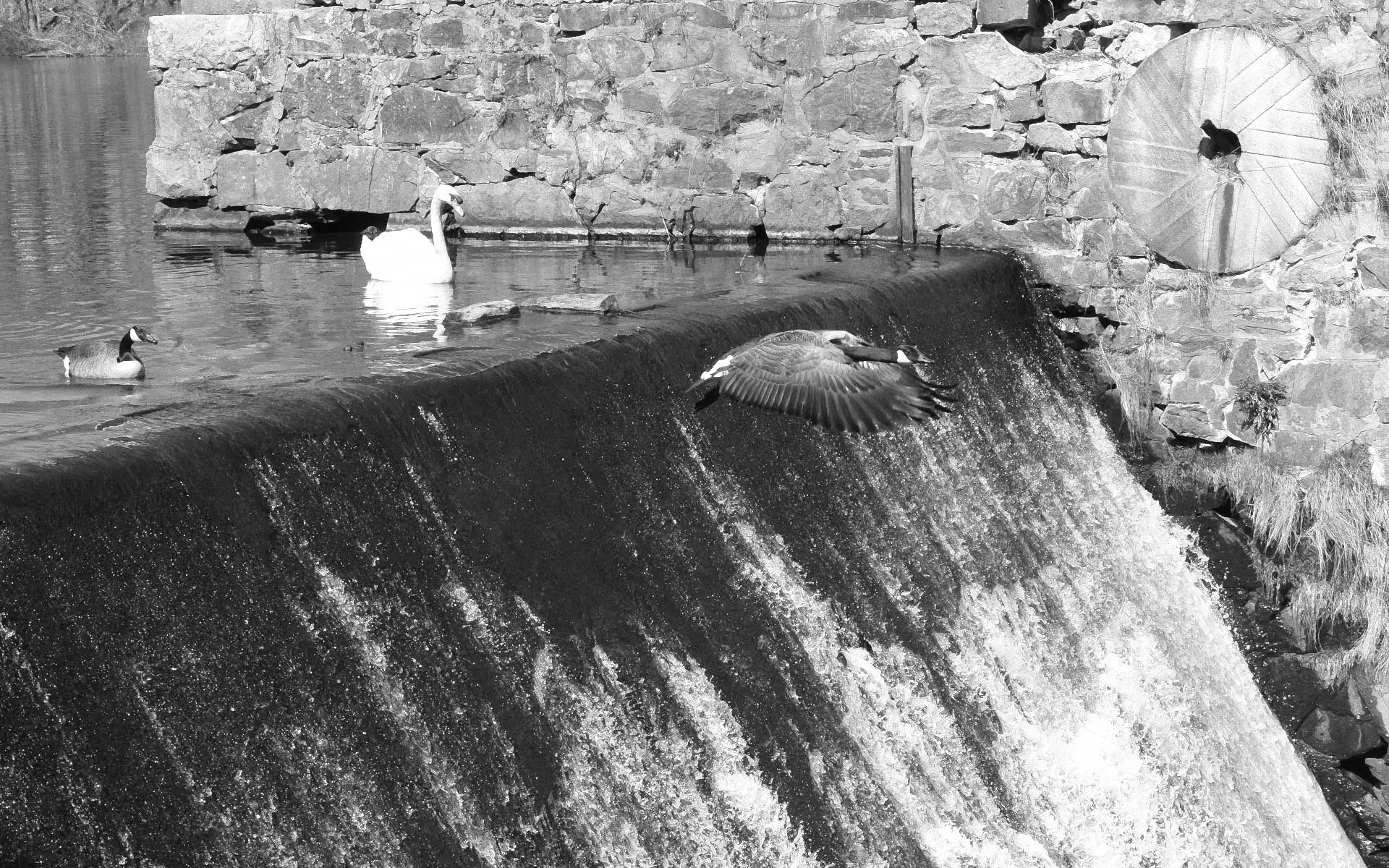
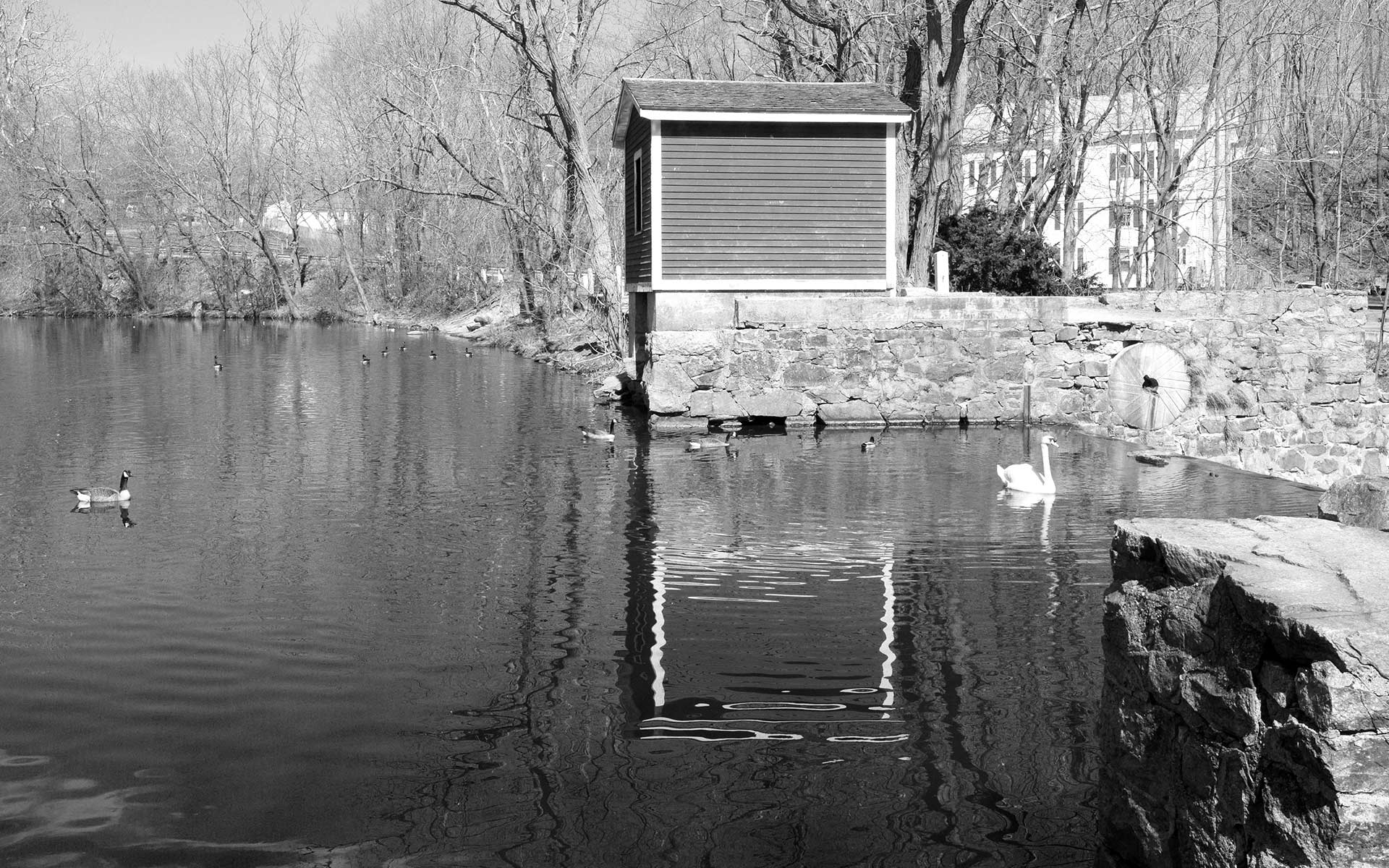
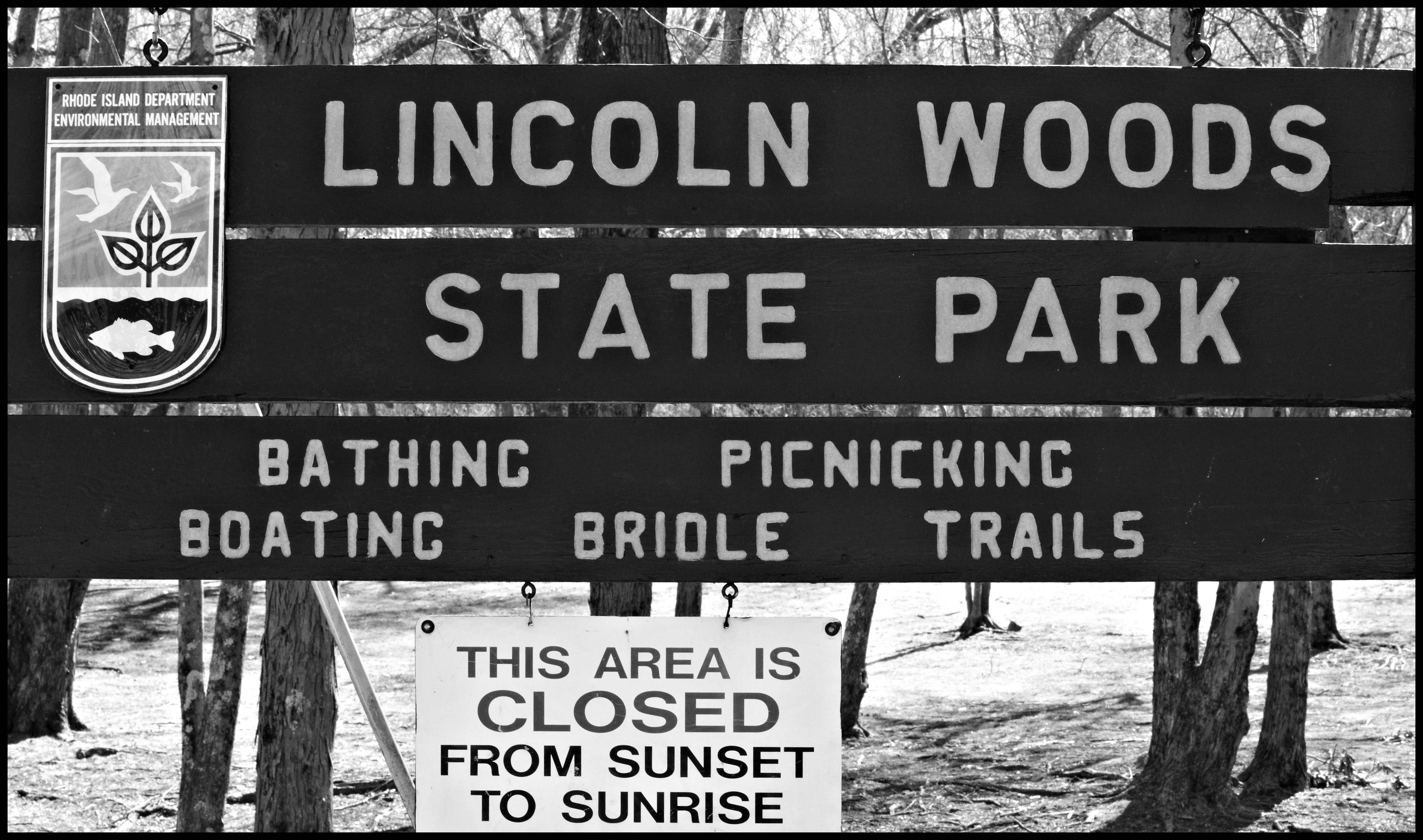
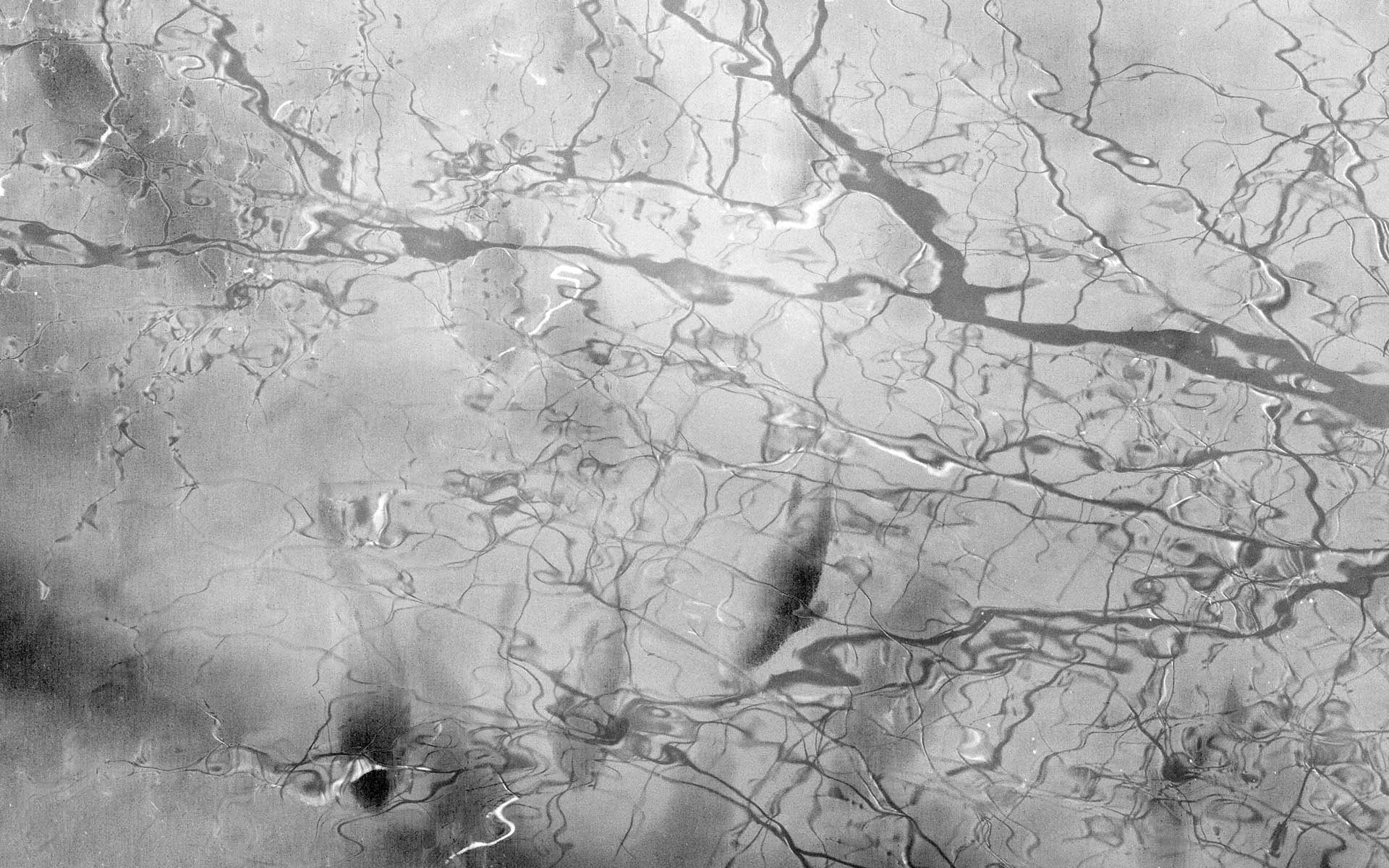
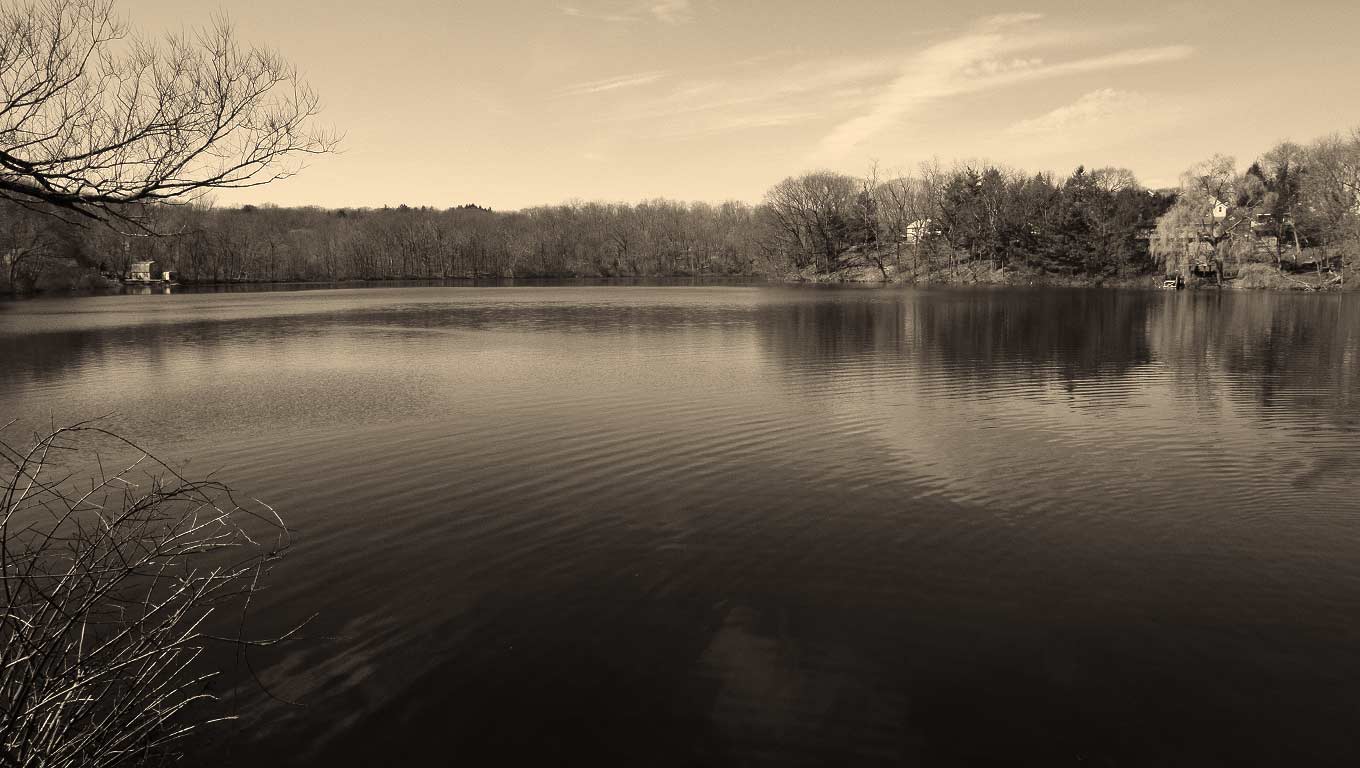
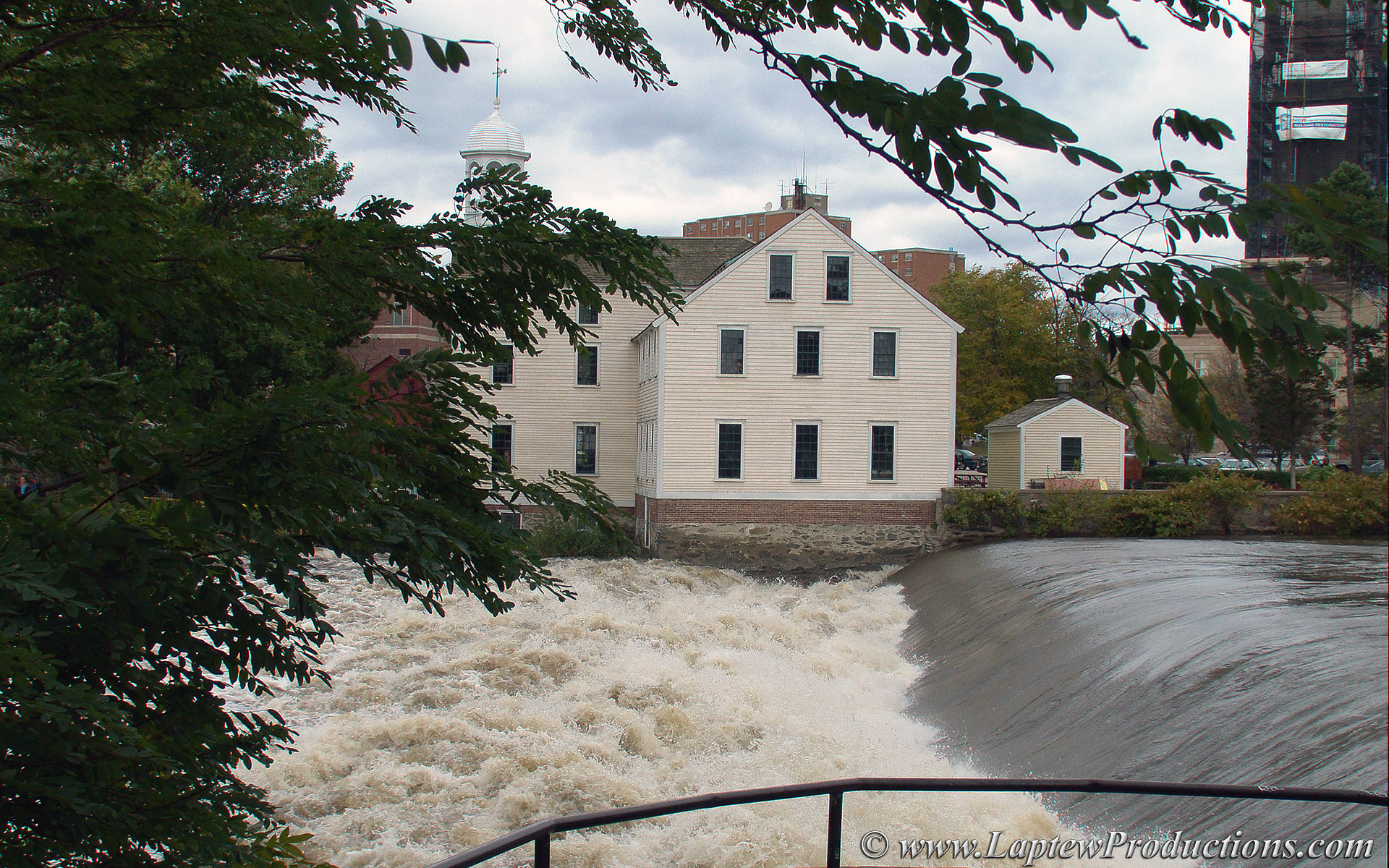
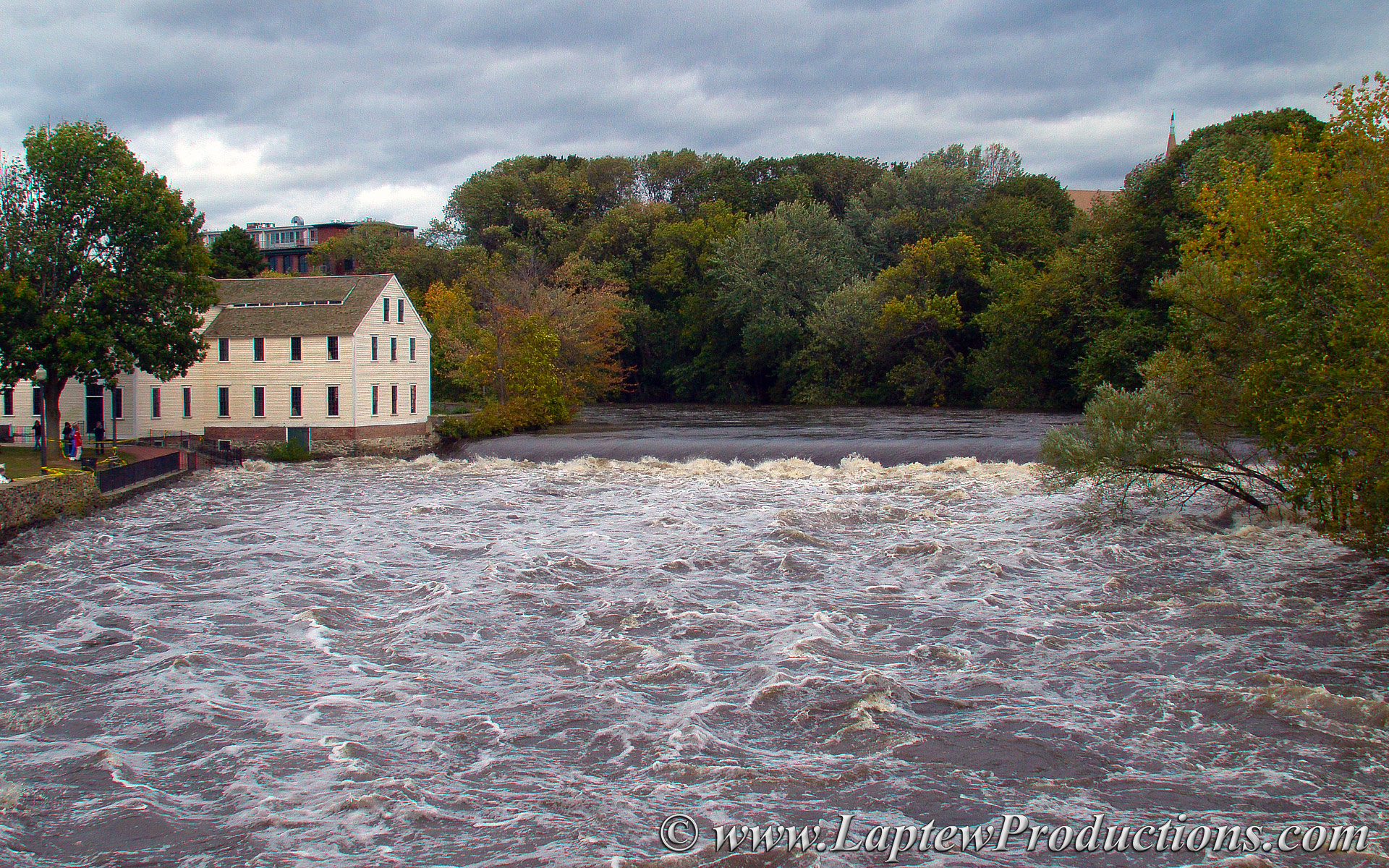
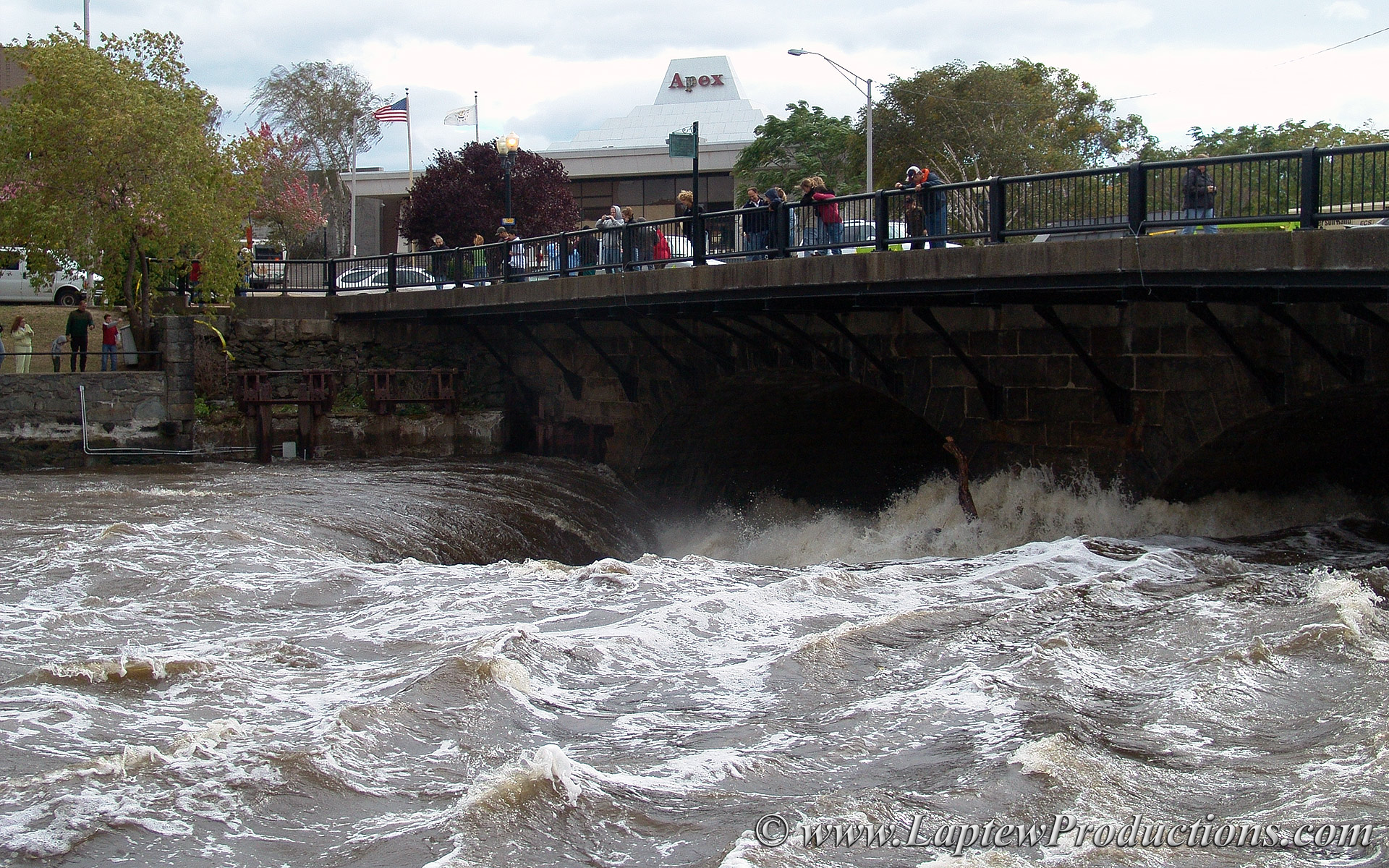















I was more than satisfied to take a series of photos that show off the beauty of a lowly bottom feeder and its habitat.
Check out the full size images by clicking on the pictures below.
Suckers Heading Upstream
The recent mid-March heat wave led to a trip down memory lane
Do you remember that one special bait shop from a long, long time ago? I sure do.
On a warm spring day, I renewed my fresh water license and my acquaintance with Dick, the long-time proprietor of Dick’s Sport and Hobby Shop
Richard Byer has been doling out fishing licenses and advice since the early sixties and both Captain Jim White (from the Fairlawn area of Pawtucket – just down the street) and myself (living in the Woodlawn section of the City) would visit the original location of Dick’s Hobby Shop.
Now, 50 years later, we returned to say hello to Dick and rekindle old memories.
Dick still remembered Jim’s 1962 special order for a rod and reel combo . It represented the very best value and performance at the time and he bought one too.
It didn’t take Dick but a few minutes to produce an original invoice from a wholesaler that went back to 1964.
These days the shop is crammed to the rafters with new and old products for fresh and saltwater fishing. Over the years Dick has done business with four generations of Whites as well as countless other kids in the neighborhood.
We told a few stories, had some laughs and then we headed out to do a little fishing in the ponds we loved to explore 50 years earlier.
Here’s a slideshow of the old shop
slide show
Check out my next post “The Sucker Run Re-Visited”
Snow forecasted for this afternoon. I wonder where these river herring are right now? I will project that the first river herring will be seen the second week of March at Gilbert Stuarts birthplace and museum.
Sand Lance
Spawning
There are two species of sand lance recognized as living on the east coast of North America: an inshore and offshore species. They have been spawning along their range since November and spawning will continue through March.
Importance
In recent years this has become a significant biomass component on the Atlantic coast of North Atlantic. Cod, haddock, striped bass and many other important commercial and recreational fish depend on these snakelike fish, commonly referred to as sand eels. They also help sustain whales and sea birds.

